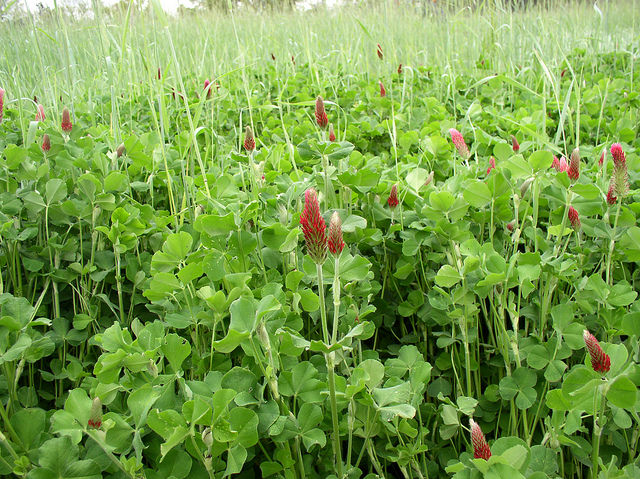
Editor’s Note: This blog post is authored by Jeanne Merrill, policy consultant representing NSAC on the US EPA’s Farm, Ranch and Rural Communities Advisory Committee. She can be reached at jeanne [at] jeannemerrillconsulting.com.
States and large municipalities recently confirmed with the US Environmental Protection Agency (EPA) that they will participate in developing Climate Pollution Reduction Plans under the new Inflation Reduction Act-funded program. This is the first federal program of its kind to support the comprehensive development and implementation of plans aimed at reducing greenhouse gas emissions.
All but four states – Iowa, Florida, Kentucky, and South Dakota – confirmed their participation in the climate program. For those states that declined to participate, the EPA offered program funding for several municipalities within those states to develop regional Climate Pollution Reduction Plans. A number of those regional governments, along with other eligible large municipalities – roughly 80 regions in all – indicated that they will participate in the program. Tribes and territories are also eligible to receive Climate Pollution Reduction Planning grants and will have to confirm their participation by June 15, 2023.
From Plans to Implementation
The Climate Pollution Reduction Plans are due in March 2024. Meanwhile, the EPA will release details later this year on the $4.6. billion in funding available to implement the plans. An important requirement for implementation funding is that only those measures detailed in the Climate Pollution Reduction Plans will be eligible to receive implementation funding.
This is a key issue for our agriculture and rural partners who are working on climate solutions – from soil health to composting manure to agrivoltaics and more. Those practices could receive a boost from the implementation funding but only if states and other eligible entities include mitigation measures from agriculture in their Climate Pollution Reduction Plans.
Opportunity to Advance Sustainable Agriculture Solutions
To ensure that agricultural and rural community solutions to the climate crisis advance, it is important for local organizations to reach out to their state and local governments as well as tribal partners as they develop their plans. You can find a list of lead agencies for your state and region on the program page under “update” at the top.
Plans must include agriculture and rural communities to ensure those climate solutions advance. If you are looking for additional resources, NSAC did a literature review on strategies in agriculture to reduce GHG emissions and increase carbon sinks. The review is here. USDA’s SARE program also offers an extensive list of climate change-related resources for agriculture. USDA’s NRCS has also developed a list of practices that can help reduce emissions and increase carbon sequestration.
Let Us Know
Please let us know how your experience is in engaging in the Climate Pollution Reduction Plan process. We would welcome hearing from you and understanding how the program is being rolled out across the country. You can send your notes to: Cathy Day, NSAC’s Climate Policy Coordinator, or Jeanne Merrill, policy consultant.

